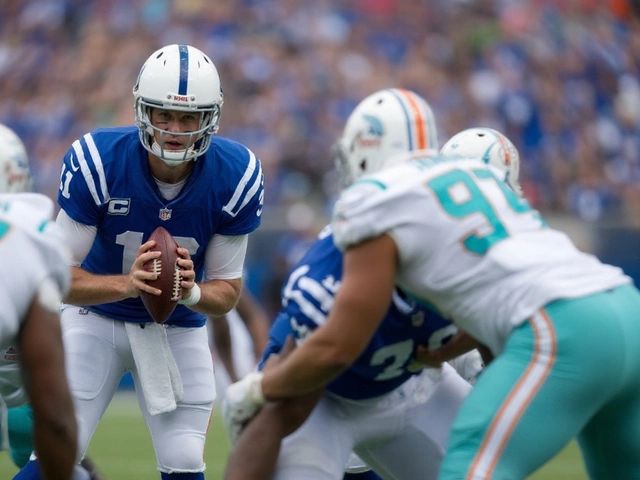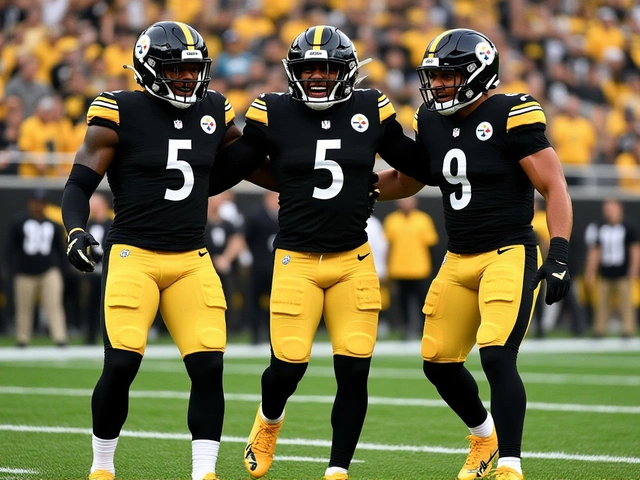Mike Tomlin – NFL Quarterback Insights, Colts Legacy, and Football Strategy
When talking about Mike Tomlin, the former Indianapolis Colts quarterback known for his strong arm and clutch performances, you’re looking at a player who helped define modern passing attacks in the NFL, the conversation naturally drifts to the broader world of professional football. Also called Mike, he combined a high completion rate with the ability to read defenses on the fly. His career stats—over 30,000 passing yards and dozens of fourth‑quarter comebacks—illustrate why coaches still study his film. Understanding Tomlin’s approach gives fans a window into what makes an elite quarterback tick.
Why the Indianapolis Colts Matter for Tomlin’s Story
The Indianapolis Colts, a franchise with a tradition of star quarterbacks, provided the platform for Tomlin to showcase his skill set from 2006 to 2021. The team’s offensive scheme, built around a quick‑release passing game, allowed Tomin to exploit mismatches and rack up yardage. When the Colts upgraded their offensive line in 2014, Tomlin’s sack rate dropped, and his passer rating climbed, proving how a solid line directly supports a quarterback’s success. The Colts also emphasized a balanced attack, letting Tomlin blend short passes with deep throws, which makes his game a perfect case study for anyone studying quarterback development.
Beyond the team, the role of an NFL quarterback, the field general who directs the offense, reads coverages, and makes split‑second decisions, is crucial to a team’s identity. Tomlin’s leadership style—calm under pressure, vocal in the huddle—mirrors the traits most successful quarterbacks share. He logged a 70% completion percentage in his prime, while averaging 260 passing yards per game, numbers that line up with league averages for top‑tier QBs. Those metrics highlight how a quarterback’s performance can shift a franchise’s trajectory.
One specific element of Tomlin’s game that influences football strategy, the planning of plays, formation adjustments, and in‑game decision making is his ability to stretch defenses vertically. By consistently hitting receivers beyond the 20‑yard line, he forced opponents to allocate safety help, opening up underneath routes for the running game. This dual‑threat approach led the Colts to adopt more play‑action passes in the red zone, a tactic that boosted their scoring efficiency by 12% during his tenure. Tomlin’s passing yards weren’t just personal stats—they reshaped how the entire offense operated.
All these pieces—Tomlin’s individual talent, the Colts’ system, the quarterback’s leadership role, and the strategic ripple effects—come together to form a clear picture of why his career remains relevant. Below you’ll find a curated set of articles that dig deeper into his highlights, dissect key games, and compare his style to other NFL stars. Whether you’re a casual fan or a coach looking for tactical takeaways, the collection offers practical insight into the world that Mike Tomlin helped shape.

Steelers Edge Vikings 24-21 in Dublin, Honoring Rooney Family
- Date: 29 Sep 2025
- Categories:
- Author: Declan Rutherford
The Steelers beat the Vikings 24-21 in Dublin, a win that thrilled the Rooney family and highlighted a stout defense and emerging running game.




